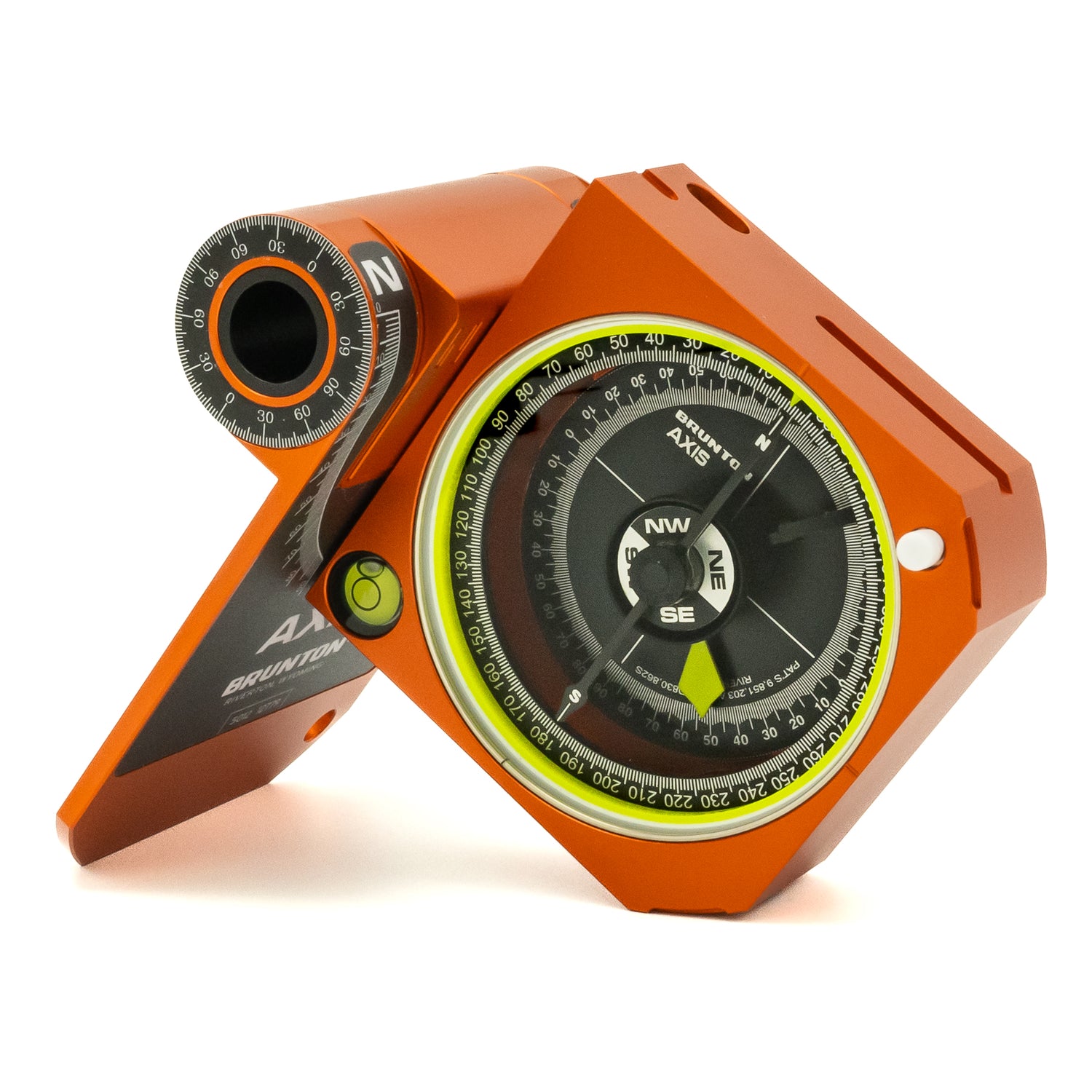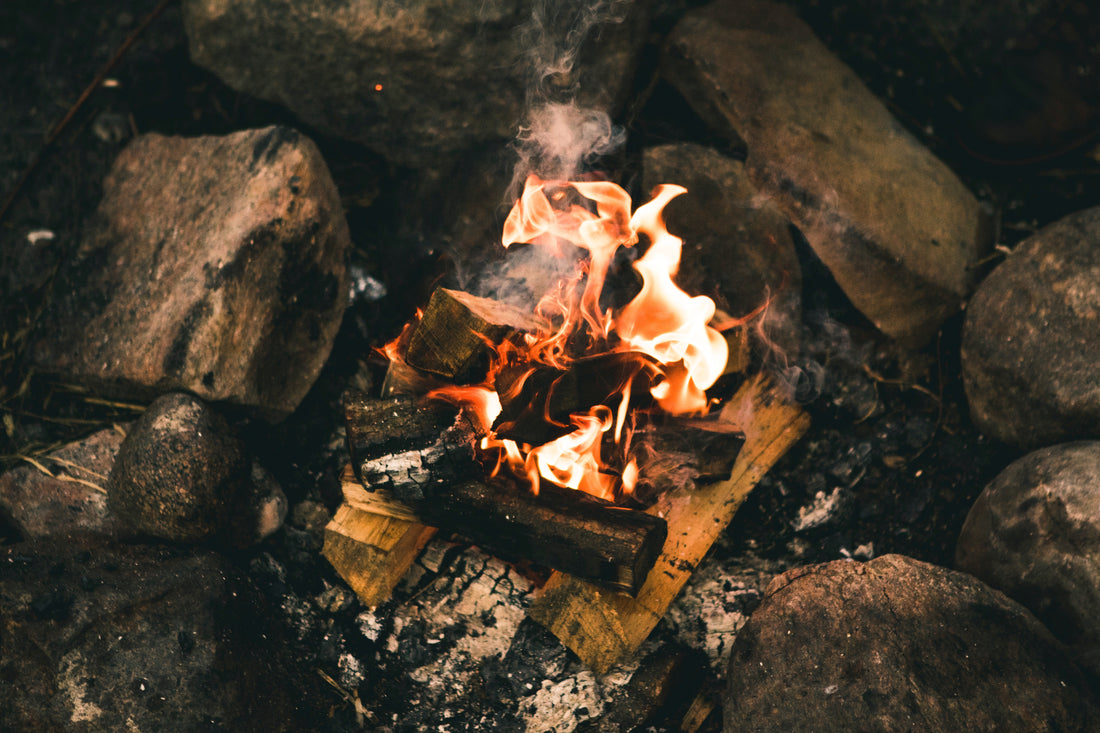updated 02/18/2021
While you might regularly go on a day hike or venture on a weeklong backpacking trip, it is always advised to be prepared for the unexpected. Weather can quickly change, you can lose your way, run out of water, or even slip and get hurt. A survival kit is key. Here are a few suggested essentials:
1. Map & Compass
Technology can be a great tool, especially with GPS, however it’s important to not solely depend on your smartphone when you’re lost in the backcountry. Packing a map and compass in your survival kit can help ensure that you find your way back to the trailhead. However, these tools are only reliable if you know how to use them. To get started, check out our guide on how to use a map and compass, or check out our compass comparison chart to find the best option for you.
2. First-Aid Kit
While small bandages and antibacterial ointment are good to have in your first-aid kit, if you’re on a long backpacking trip, it’s vital to carry a triangle bandage and gauze for compression. These items are for serious injuries and can be used with a makeshift splint.
3. Signal Mirror
You do not want to be in a situation where you are too exhausted or far away to signal that you are lost and need help. Many signal mirror signals can be seen up to 15 miles away. If it’s a clear and sunny day, a signaling mirror is an effective way to gain the attention of first responders. Many compasses feature a mirror, thus allowing you to forgo an additional mirror.
4. Fire Starter
In order to survive cold temperatures, you need to be able to start a fire. Packing a few different types of fire starter in waterproof bags is advised. You can pack matches, a lighter, a striker, and dry tinder. If one method fails, you will be prepared with another one. Our friends at Primus make a great all weather option in the Ignition Steel. Another good addition in this capacity is a small folding saw to gather more tinder.
5. Water Purification System
A human can survive without food for approximately three weeks, however that’s not the case for water. At most, a person can go up to a week without any water--but it’s more likely three to four days. Thus, a water purification system is necessary to carry in the event you run out of your own water. As a backup, pack water purification tablets in case your system ceases to work.
6. Knife
If you’re stuck in the woods, a good knife will come in handy for sharpening sticks, cutting cord, cutting bandages, and possibly even skinning a hunt or fish. We love the Primus FieldChef Pocket Knife, lightweight and sharp.
7. Cordage
Like a knife, cordage is handy to have in a number of situations. It can be used to climb something steep, hang clothes, tie down shelter, make fishing line, trap triggers, and more. Some cordage, like Paracord, can bare up to 550 pounds, making it useful for an emergency rappel.
8. Fishing Line and Hooks
While cordage can serve as fishing line in an emergency situation, there is also a benefit to packing this lightweight tool. In a survival situation, it’s important to have a method of gathering food once you run out of your emergency rations. Fishing line and hooks can easily be tied to a branch and used to fish nearby streams.
9. Flashlight or Headlamp
Some sort of compact light that you can use when it gets dark will help make the situation easier to navigate at night. If you can afford to pack extra batteries, that’s a plus.
10. Solar Blanket
Hypothermia can happen when it’s just 50°F outside and staying warm can be difficult if your clothing is wet or limited. The use of a solar blanket can help keep your body warm when temperatures drop, especially at night. They are extremely packable, making them easy to carry.
When preparing for any outdoor adventure, be sure to pack smart and stay safe out there.


